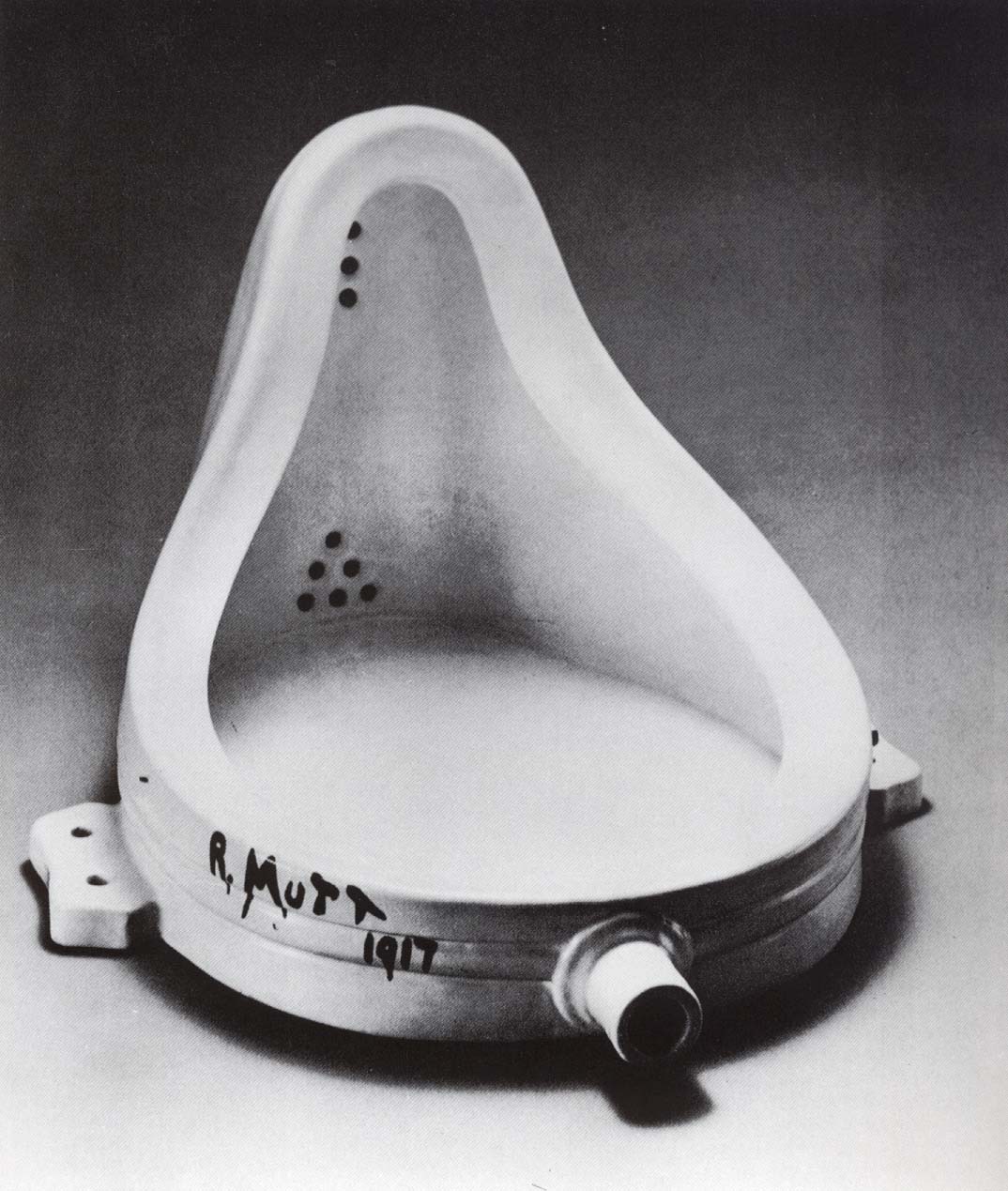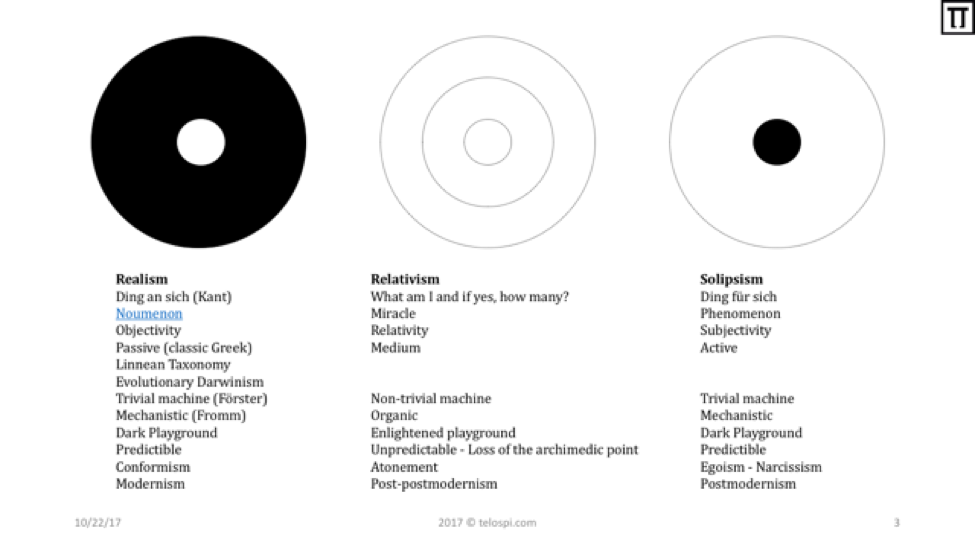Shanghai, Oct 20, 2017. I sit with 20 other folks on the 9th floor of 33 Chengdu Middle Road in the gallery of Hu Renyi, a Suzhou born, Shanghai educated, adjunct professor at New York School of Visual Art. He has volunteered to answer the hard questions about art and gives us a 75’ presentation of a few recent art projects, e.g. Longtang Clan, a performance art piece taking on the Lei Feng character, who has been instrumentalized ever since Mao Zedong invented him, to foster nationalism amongst Chinese subjects; or Confession Room, a subversive persiflage of China’s long tradition to force system dissidents into public confessions. All art work shown is of poor craftsmanship, the shown videos of disturbingly bad quality, performances ludicrous, sound design abhorrent, and mostly in disguised conflict with the Chinese regime.
Since I expected a serious conversation about the purpose and essence of art, the Fountain crosses my mind. It is porcelain urinal which the French artist Marcel Duchamp exhibited first time in 1917, exactly a century ago in New York, and is widely viewed as the starting point of modern art and the understanding that everything can be art. Duchamp described his intent with the piece was to shift the focus of art from the physical craft to intellectual interpretation. Hu Renyi’s artwork has only this effect: it stimulates intellectually, if at all.
Philosopher Stephen Hicks argued that Duchamp wanted to make with the Fountain a provocative statement. The artist is not a great creator – Duchamp went shopping at a plumbing store. The artwork is not a special object – it was mass-produced in a factory. The experience of art is not exciting or ennobling – at best it is puzzling and mostly leaves one with a sense of distaste. I couldn’t write anything more fitting about Hu Renyi’s art. The artist is a poor creator – Hu Renyi uses mostly plastic waste and plastic products to create objects of no aesthetic value. The experience of art is not exciting or ennobling – it is irritating and certainly leaves a sense of distaste. I admit though: beauty is in the eye of the beholder and de gustibus disputandum sunt.
The purpose of art was my starting point and this is where I have to return to. It is, in my understanding, similar to education, psychotherapy, management and religion the transformation of human beings towards more self awareness and thus well being. It shall enlighten the shadows of one’s personality, open one’s identity for new perspectives and thus facilitate healing and atonement. It can do such magic both for the artist as well as for the spectator.
Sadly, most artists are solipsists and thus constitute the anti-thesis of many realist academics: they create from only one perspective, which is their persona, not their self, whereas academics create from only one perspective, which is the object of their investigation. True artists will agree with me, that an artist ought to be a relativist, somebody who oscillates between the object and the subject in correspondence with his audience. It is this triangular relationship which most academics and artists have lost, although it seems so obvious that both academic research and artistic creation are merely two forms of communication and as such a means to an end.
The purpose of communication is the transfer of either information, knowledge or wisdom and shall in any case result in consciousness increase. Art and science which fails to create meaning is deprived of value. Mats Alvesson described this problem for academic in Return to Meaning: A Social Science with Something to Say and it is high time that some courageous art critic does the same for the art world.
Relativist art taps into the self, the infinite source of beauty, knowledge and compassion. Beauty is the obvious one: art which touches us aesthetically is easily recognized. Art which succeeds to increase our knowledge in an ingenious way, like a graphic visualization can bring understanding to an entire book written on a complex subject, shifts the focus like Duchamp’s Fountain from craftsmanship to intellectual understanding. It is though art which is compassionate, i.e. which bridges in the object (art work) one subject (artist) with the other (spectator), which deserves true admiration. The purpose of art is thus the sensation of being touch with the self that connects us all; and I believe that a piece of truly beautiful (e.g. Rene Magritte) and knowledgeable (e.g. Stephen Willats) art does always possess this quality of compassion.
Hu Renyi’s artwork does not. It is without question not beautiful and not knowledgeable; but above all it lacks compassion. Quite on the contrary does he ridicule both the Chinese people as well as the Chinese government for practicing admittedly self damaging rituals. But instead of pointing out their self damaging nature, he abuses his own people for the creation of meaningless “art” work. And by focusing in all his work on criticizing Chinese culture in general and Chinese governance in particular, he reveals that he has not managed to separate himself therefrom and thus assimilates himself therewith despite trying desperatly to be different. coincidentia oppositorum: the opposites conincide with each other. Hu reminds me in a way of one of my sinology professors who had specialized in analyzing Mao Zedong’s thinking and strategy, and was oblivious to the fact, that she ran her institute in the same tyrannical way her object of study ran an entire country.
Let’s try to apply a scaling questions to confirm my assessment. If we agree that art is a means to an end, i.e. a form of communication between artist and spectator, then we could engage in a quantitative survey and ask any museum visitor to give us after looking at a piece of art work a feedback about his impression. We would only ask for a value between 0 and 10, 0 for no and 10 for the best impression; and we would include in this one value beauty, craftsmanship, knowledge and compassion. We could repeat this question a month later and a year later and would values which are blurred by the remembering self and the being self, but that's just how things are. I believe though that compassionate art, one which emanates perceptible beauty or accessible knowledge would also after one year receive a higher average score than “art” work which has been created without compassion.
What is art? Can’t be answered therefore with this or that, with yes or no. It is subject to a measurement of its impact and thus if it rather succeeded or failed to communicate meaning. I believe that such an “customer” based evaluation of art similar to movies, restaurants or physicians, packed into an app like tripadvisor, would surely help artists to understand their purpose in society and shape their return to meaning.
- Return to Meaning: A Social Science with Something to Say by Mat Alvesson
- The Unity of Opposites: coincidentia oppositorum


 RSS Feed
RSS Feed